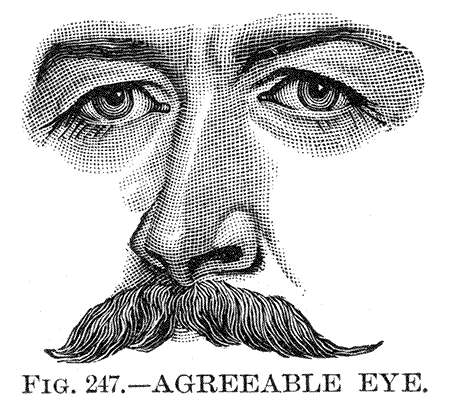fiction of ideas

Between the limits of affection and antipathy for the author’s personality, the relationship of author and reader may take a score of different forms: admiration and respect without affection, as in the case, perhaps, of Thomas Hardy; exasperated affection as in the case of Kipling; devotion for Jane Austen; sheer worship or utter dislike for Dickens – with every reader and every author the relationship varies somewhat; but consciously or unconsciously, on both sides, it exists.
The writer himself addresses himself to a certain public – it may be a very vague entity at the back of his mind or it may be a definitely conceived mentality – and he adjusts his emphasis accordingly.
A work of fiction, in fact, involves a triple relationship between author, characters, and reader; and not, as one is sometimes inclined to assume, a relationship merely between reader and characters.
For the aim of the author is not simply to recount certain imaginary happenings to certain imaginary people. It is to communicate to the reader the excitement evoked in himself by the contemplation of some character or incident or aspect of life; to induce in the reader a mood related to his own, to reach through the mind of the reader to his emotions, to play on his feelings as an orator or as an actor plays on the feelings of his audience.
But it is also to control the reader’s judgment through his imagination; to induce him to adopt for the time being certain values, a code, that is not his normal code. He, the reader, may indeed wriggle a trifle as he does so; or he may, on the other hand, deceive himself into imagining that these bold, dashing views or this acute sensibility, this tolerant broadmindedness or passionate sympathy for the unhappy and the oppressed, are a natural expression of his own temperament.
